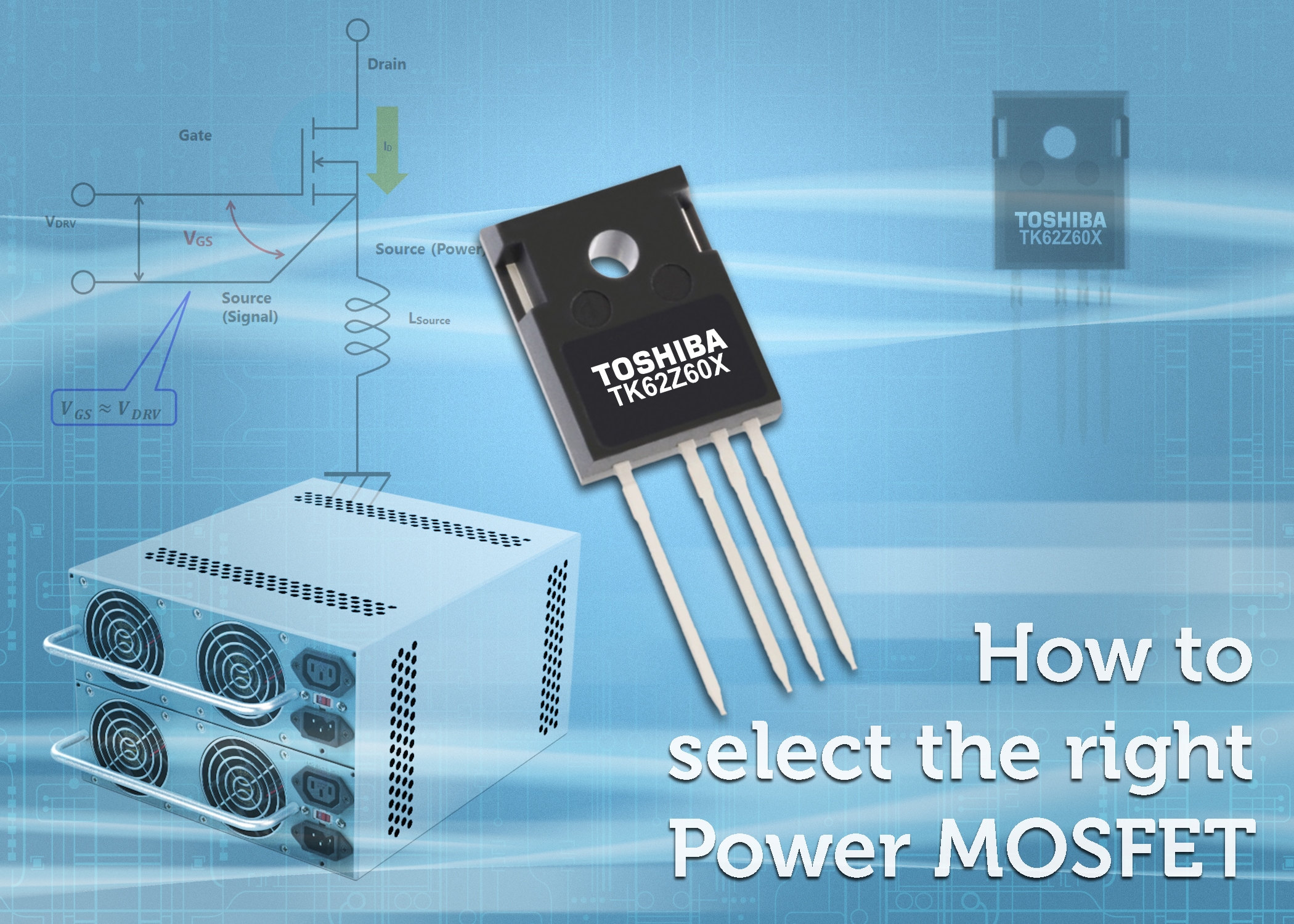
How to Choose the Right Power MOSFET
Are you in the market for a power MOSFET but feeling overwhelmed by the options available? Don’t worry; we’ve got you covered. In this article, we’ll guide you through the process of selecting the right power MOSFET for your needs. From understanding the key specifications to considering the application requirements, we’ll help you make an informed decision. So, let’s dive in!
What is a Power MOSFET?
Before we delve into the selection process, let’s first understand what a power MOSFET is. MOSFET stands for Metal-Oxide-Semiconductor Field-Effect Transistor, a type of transistor commonly used in power electronics. A power MOSFET is specifically designed to handle high voltages and currents, making it ideal for power conversion applications such as DC-DC converters, motor drives, and inverters.
Key Specifications to Consider
When choosing a power MOSFET, there are several key specifications to keep in mind:
- Drain-Source Voltage (VDS): This is the maximum voltage the MOSFET can withstand between the drain and source terminals.
- Continuous Drain Current (ID): This is the maximum current the MOSFET can carry continuously without overheating.
- On-State Resistance (RDS(ON)): This is the resistance of the MOSFET when it is in the fully conducting state.
- Gate Threshold Voltage (VGS(TH)): This is the voltage required to turn the MOSFET on.
- Gate Charge (QG): This is the total charge required to turn the MOSFET on and off.
These specifications will determine how well the power MOSFET will perform in your specific application. It’s essential to choose a MOSFET with ratings that match or exceed your requirements to ensure reliable operation.
Consider the Application Requirements
Aside from the key specifications, it’s crucial to consider the specific requirements of your application. Factors such as operating voltage, current levels, switching frequency, and thermal performance can all impact the choice of a power MOSFET.
For example, if you’re designing a high-efficiency DC-DC converter, you’ll want to choose a MOSFET with low on-state resistance to minimize power losses. Alternatively, if your application requires high switching speeds, you’ll need a MOSFET with low gate charge to reduce switching losses.
Additional Considerations
In addition to the key specifications and application requirements, there are a few more factors to keep in mind when choosing a power MOSFET:
- Package Type: The package type can impact the thermal performance and ease of PCB layout.
- Reliability: Consider the reliability of the MOSFET, especially if it will be used in critical applications.
- Cost: Balancing performance with cost is essential to ensure that you’re getting the best value for your money.
By carefully evaluating these factors and selecting a power MOSFET that meets your requirements, you can ensure the success of your power electronics design.
Conclusion
Choosing the right power MOSFET is crucial to the performance and reliability of your power electronics system. By understanding the key specifications, considering the application requirements, and evaluating additional factors, you can make an informed decision that will meet your needs. If you’re unsure about which power MOSFET to choose, don’t hesitate to consult with a trusted supplier or manufacturer for guidance. Happy designing!
Was this helpful?
0 / 0